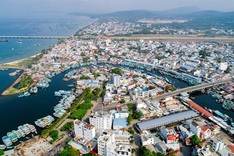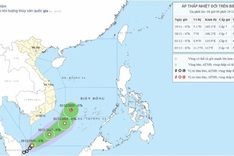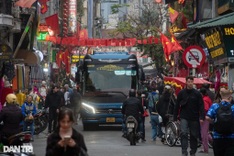
Amid the city's rapid urban development, many large-scale investment projects were implemented to stimulate economic growth, including constructing new markets to meet consumer demand.
However, several of these markets have been left deserted, seriously wasting public funds and land resources.

Phu Huu Market, located in Phu Huu Ward, was built in 2004 for VND 1.2 billion. It covers over 2,000 square metres and was designed with 164 stalls and kiosks.

The market was intended to replace informal street markets and clear vendors off Nguyen Duy Trinh Street. The vision was for it to become a vibrant commercial hub for the area.
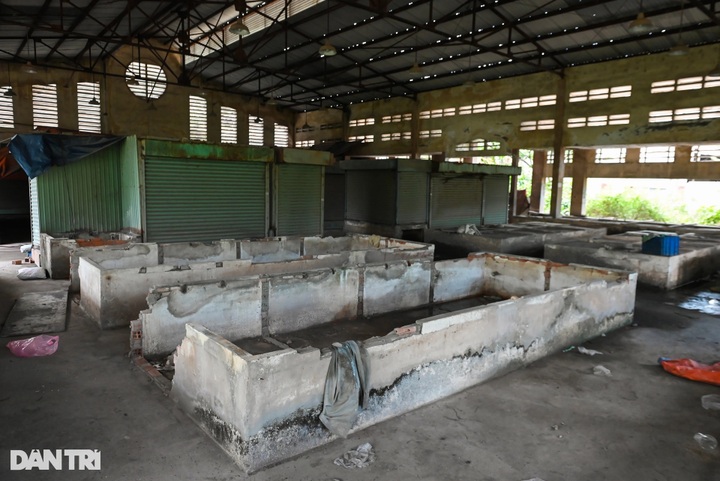
However, after operating sluggishly for about two years, the market was abandoned and has remained unused ever since.
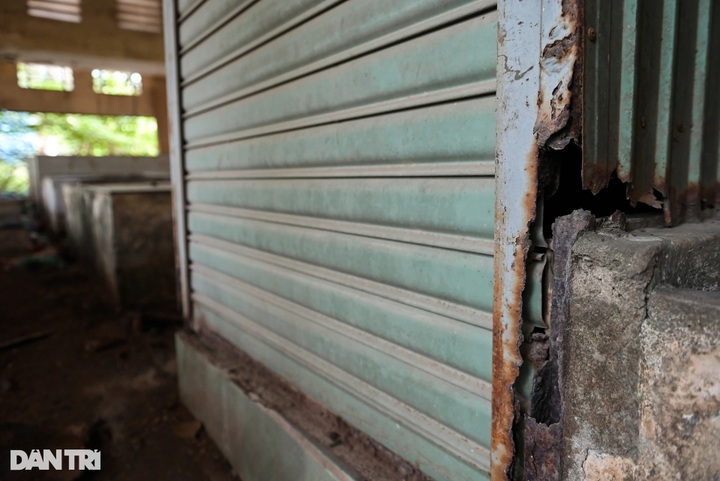
Many parts of the market have significantly deteriorated.
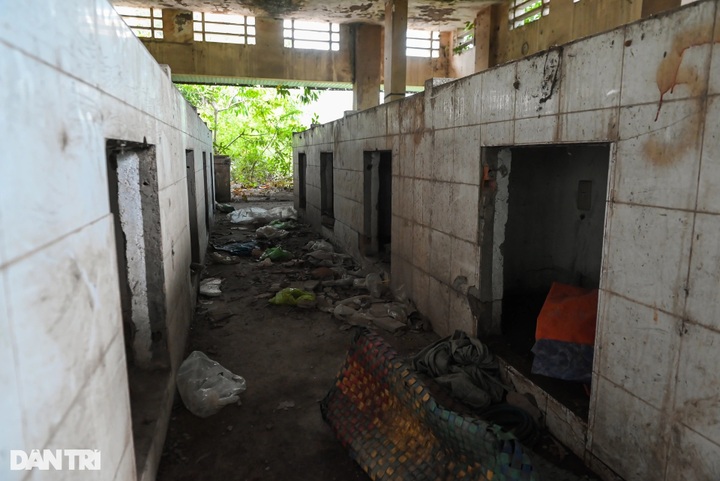
Inside, the stalls are empty and the walkways are filled with rubbish.

Outside, the gates are tightly locked, and an air of desolation hangs over the place.
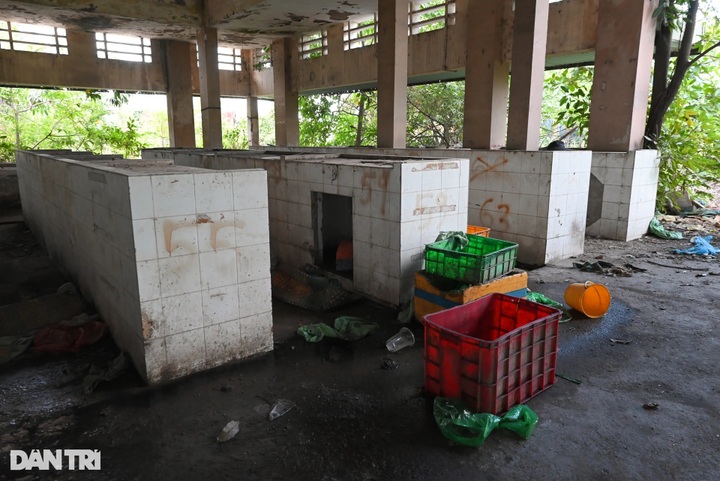
Nguyen Hoang Lan, a resident, shared, "After the market was completed, it only operated briefly before being left to rot. Such a waste."
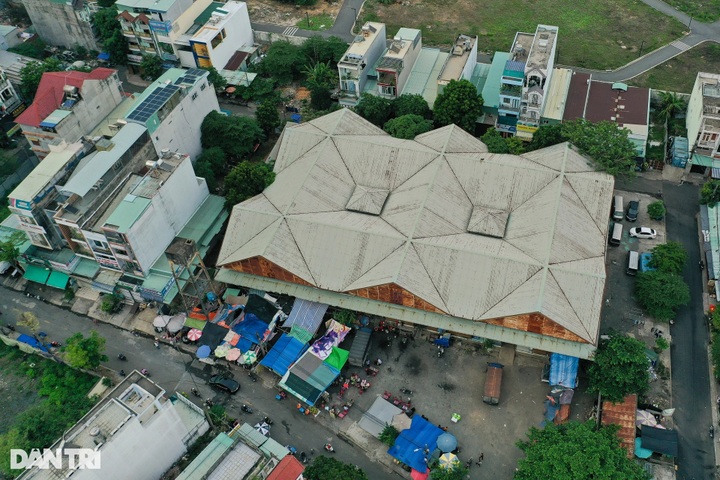
Not far from Phu Huu, Tan Phu Market has been deserted for decades, making the surrounding area appear abandoned and lifeless.
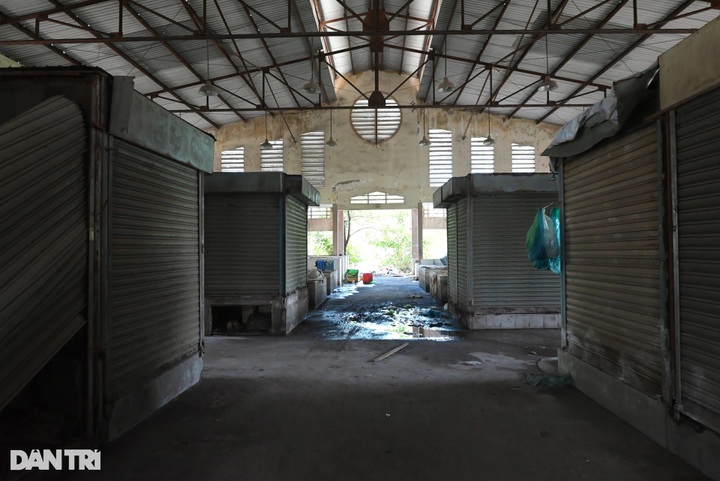
Built in 2004 with a budget of over VND 2.5 billion, Tan Phu market includes 340 stalls and kiosks spread over nearly 5,000 square metres. It was intended to replace makeshift markets, provide vendors with proper facilities, and address the problem of pavement encroachment.
The original plan was to relocate the informal Cay Dau Market, which was messy and often spilt onto the streets, into the new Tan Phu Market.
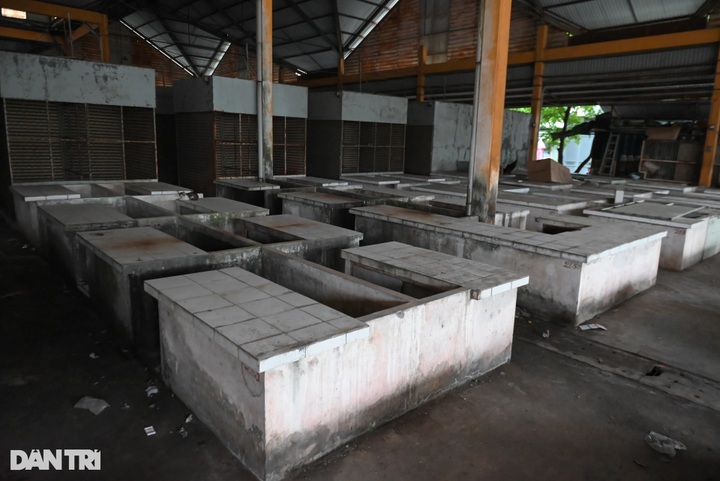
However, despite its grand design, Tan Phu Market has been abandoned for more than twenty years.

Outside the market, only a few scattered food stalls serve nearby residents.

According to some real estate experts, poor planning is a key reason for the abandonment of these markets. Many of the projects did not reflect local needs. Some were built in the style of traditional markets, which have struggled to keep up with the shift toward modern retail models.






